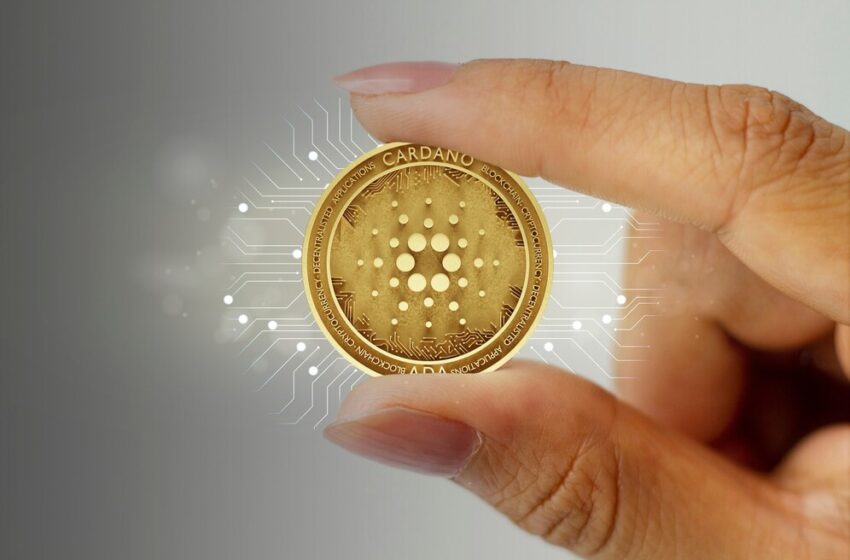Advancements in Non-fungible Tokens (NFTs) and Digital Art Ownership

The digital art world has experienced a seismic shift with the advent of non-fungible tokens (NFTs), revolutionizing how art is created, bought, sold, and owned. NFTs, unique digital assets verified on a blockchain, offer proof of ownership and authenticity for digital items, from artwork and music to videos and more. This blog explores the latest advancements in NFTs and how they are reshaping digital art ownership.
The Rise of Digital Art NFTs
NFTs have catapulted digital art into the mainstream, providing artists with a new platform to monetize their work and collectors with a novel way to invest in and own digital creations.
Key Highlights:
- Record-breaking sales: Notable sales, such as Beeple’s artwork selling for $69 million at Christie’s, have underscored the potential market value of digital art NFTs.
- Increased accessibility for artists: NFT platforms have democratized access to the art market, allowing independent artists to sell their work directly to collectors without the need for galleries or auction houses.
How NFTs Work
Understanding the technology behind NFTs is crucial to appreciating their impact on digital art ownership.
Blockchain Technology:
- Unique verification: Each NFT is uniquely identified on a blockchain, ensuring the authenticity and ownership of the digital asset.
- Decentralized platform: Unlike traditional art markets, blockchain technology facilitates a decentralized and transparent transaction process, enhancing security and trust among participants.
The Impact on Artists and Collectors
NFTs are not just a new type of digital asset; they represent a paradigm shift in the relationship between artists and collectors.
Benefits for Artists:
- Royalties: NFTs can be programmed to provide artists with a percentage of sales whenever their art is resold, offering a continuous revenue stream.
- Creative freedom: Artists have greater control over the distribution and pricing of their work, enabling them to experiment with new forms and media.
Benefits for Collectors:
- Proof of ownership: Collectors receive a digital certificate of ownership, which is verifiable and cannot be replicated, enhancing the value of their investment.
- Market liquidity: The NFT marketplace is global, operating 24/7, providing collectors with increased opportunities to buy and sell digital art.
Challenges and Controversies
Despite their popularity, NFTs have sparked debates and raised concerns within the art community and beyond.
Environmental Concerns:
- Energy consumption: The blockchain networks that NFTs are built on, particularly Ethereum, have been criticized for their high energy consumption and environmental impact.
- Sustainability efforts: In response, there is a growing movement towards more energy-efficient blockchain technologies and the exploration of carbon offset initiatives by NFT platforms.
Market Volatility:
- Speculative nature: The NFT market is subject to fluctuations, with prices for digital art NFTs often driven by hype rather than intrinsic value.
- Long-term value: Questions remain about the long-term investment value of NFTs, with some warning of a potential bubble.
Future Directions
The NFT space is rapidly evolving, with new developments and possibilities emerging regularly.
Innovations in Digital Art:
- Augmented reality (AR) and virtual reality (VR): Artists are experimenting with AR and VR to create immersive NFT artworks that offer unique, interactive experiences.
- Digital museums and galleries: Virtual spaces are being developed to display NFT art, providing a new way for people to experience and appreciate digital creations.
Expanding Beyond Art:
- NFTs are branching out into other domains, including music, gaming, and even real estate, indicating the potential for broader applications of this technology.
Conclusion
The advancements in NFTs and digital art ownership mark a significant milestone in the evolution of the art world, offering both opportunities and challenges for artists, collectors, and investors. While the environmental impact and market volatility of NFTs cannot be overlooked, the ongoing innovations and the potential for sustainable solutions suggest a promising future for NFTs in reshaping the digital landscape. As the technology matures and the community continues to explore its possibilities, NFTs will likely play a crucial role in defining the future of digital ownership and creativity.
(Nominate Now: Join us to spotlight your achievements! Be part of the elite in the business and finance community. Exciting opportunities await!)








